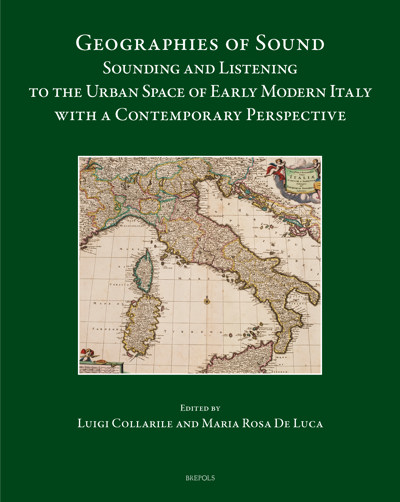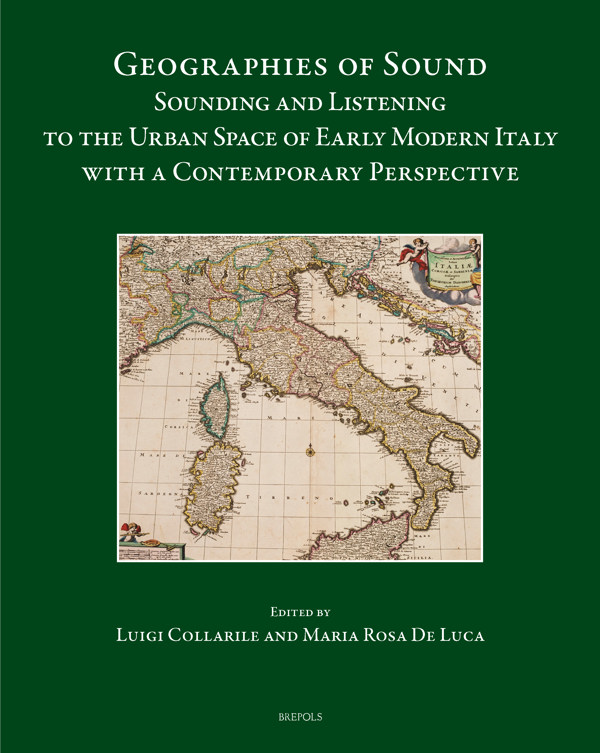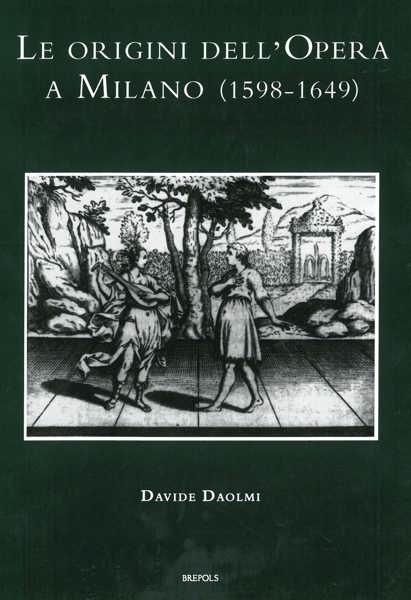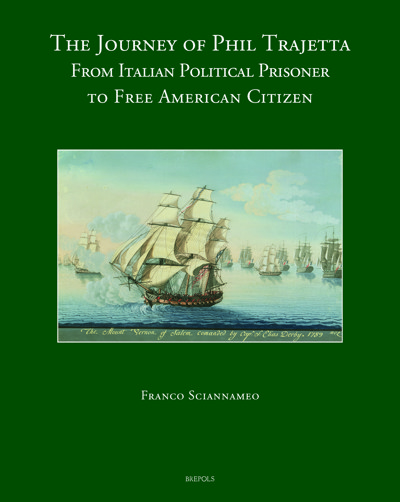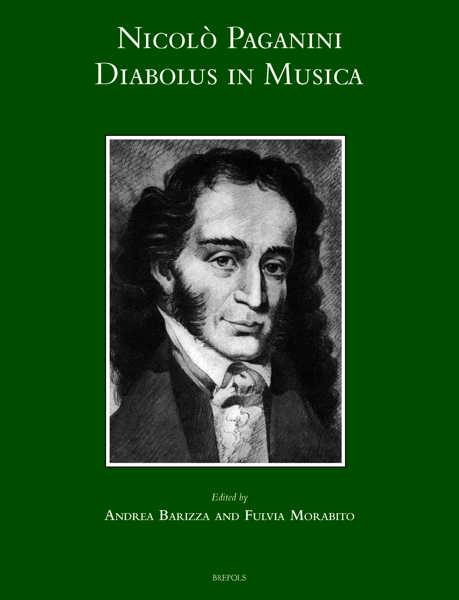
Geographies of Sound
Sounding and Listening to the Urban Space of Early Modern Italy with a Contemporary Perspective
Luigi Collarile, Maria Rosa De Luca (eds)
- Pages: x + 286 p.
- Size:210 x 270 mm
- Illustrations:34 b/w
- Language(s):English, Italian
- Publication Year:2023
- € 120,00 EXCL. VAT RETAIL PRICE
- ISBN: 978-2-503-60676-7
- Hardback
- Available
This volume investigates sound as an element of urban space in early modern Italy.
Luigi Collarile teaches History of Church Music at the Bern University of the Arts and is currently research fellow at the Schola Cantorum Basiliensis (Basel). His publications cover different research areas: European sacred music, the musical life of early modern Venice, the soundscape of early modern Italy, music printing and publishing, and Renaissance music theory.
Maria Rosa De Luca is Associate Professor in Musicology and History of Music in the Department of Human Sciences at the University of Catania, where she presides over the master’s degree “Communication of Culture and Performing Arts”. Her research activity involves, above all, the history of music declined through a perspective of social history and historical soundscape studies.
Sound is an essential element of human experience. It is part of the complex semiotic system that enables human communities to orient themselves in time and space, to be informed, to participate in social life as conscious listeners, capable of deciphering and giving meaning to the collective action of the urban space in which they live. Deeper sound horizons reverberate at different levels on the sonic dimension of reality, contributing to a more complex semantic process of the collective civic rituality and the construction of institutional and individual sound identities. In order to investigate the urban soundscape, it is important to define the nature of the sound phenomena to be examined, but also the dynamics concerning their perception as part of complex anthropological processes. These perspectives can be considered from a historical point of view. The studies collected in this volume aim to investigate sound as an element of urban space in early modern Italy. They consider different phenomenologies investigated through innovative methodological perspectives. Particular importance is given to the sound of urban rituality, to its declinations and local connotations, to its ability to interact with public and private dimensions, to the social and aesthetic dynamics that regulate it, and to the definition of the sonic identity of early modern urban space.
LUIGI COLLARILE & MARIA ROSA DE LUCA, Introduction
VALERIA DE LUCCA, Regulating Sound and Noise in Seventeenth-Century Rome
LUIGI COLLARILE, «Ephemerides itineris romani»: Experiencing the Sound of Italy in two Swiss Travel Diaries of the Seventeenth-Century
UMBERTO CECCHINATO, Suoni pericolosi. Musica sacra, emozioni e disciplinamento dello spazio sonoro nelle chiese venete della prima età moderna
ANGELA FIORE, Suoni, spazi, identità della Modena estense
GIOVANNI FLORIO, Celebrating the Prince from Afar: Echoes of the Jubilant «Terraferma» in the Orations to the Newly Elected Doges (XVI-XVII Century)
NICOLA USULA, Traditional Music in Seventeenth-Century Operas ‘alla Veneziana’: Intersections in the Italian Soundscape
ELIA PIVETTA, Forms of Circulation of Musical Knowledge in Eighteenth-Century Italy: Giambattista Martini’s «Risposta» to «abate Pavona friulano»
ANGELA FIORE, Urban Spaces and Sound Practices in Neapolitan Female Monasteries Between the Seventeenth and Eighteenth Centuries
MARIA ROSA DE LUCA, Ritualizing a Resilient City: Soundscape, Collective Performances and Construction of Urban Imaginary
GIUSEPPINA LA FACE BIANCONI, La musica come persecuzione. L’inquinamento musicale nelle città odierne
